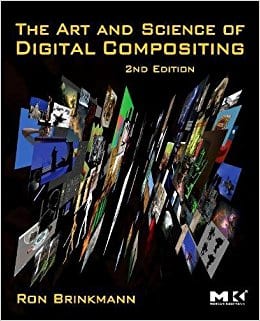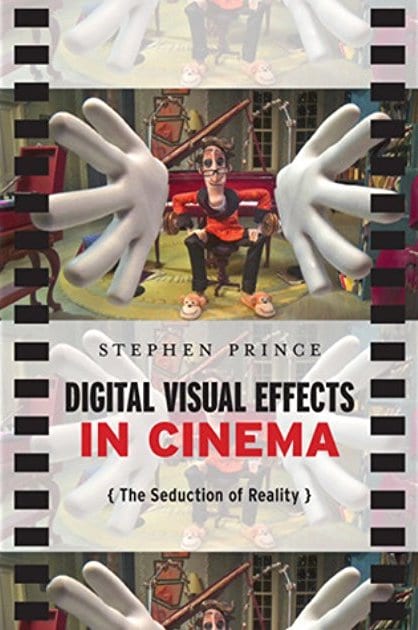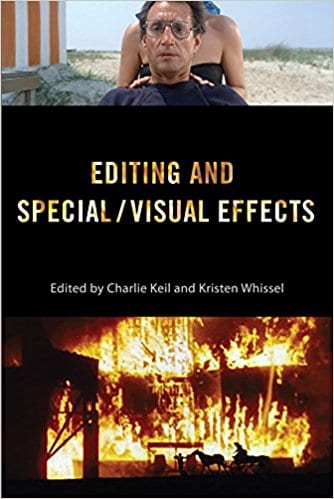GLOAM
“Wandering a dark forest, a solitary creature encounters something unknown with only curiosity to lead the way.”
The inspiration for this project came from different parts of the internet, one large influence was the short film “Gloam”, created by David Elwell & Gareth Hughes. This film includes a large character that is wandering the woodland area aimlessly, following small lights that appear to light up a path. The large character appears to be inviting and friendly, with the texture of his skin matching the woodland around him, and his antlers mimicking that of a woodland creature. There is little expression in his face, but the large glowing eyes add to the friendliness of his nature. The proportions of the character are rather disfigured, his hands larger that expected for his body, and his head smaller, much of the detail on this design is reliant on the surface of his skin, rather than the complexity of the 3D model. Despite this, the creature is personified, creating empathy for someone who is only vaguely similar to that of a human.
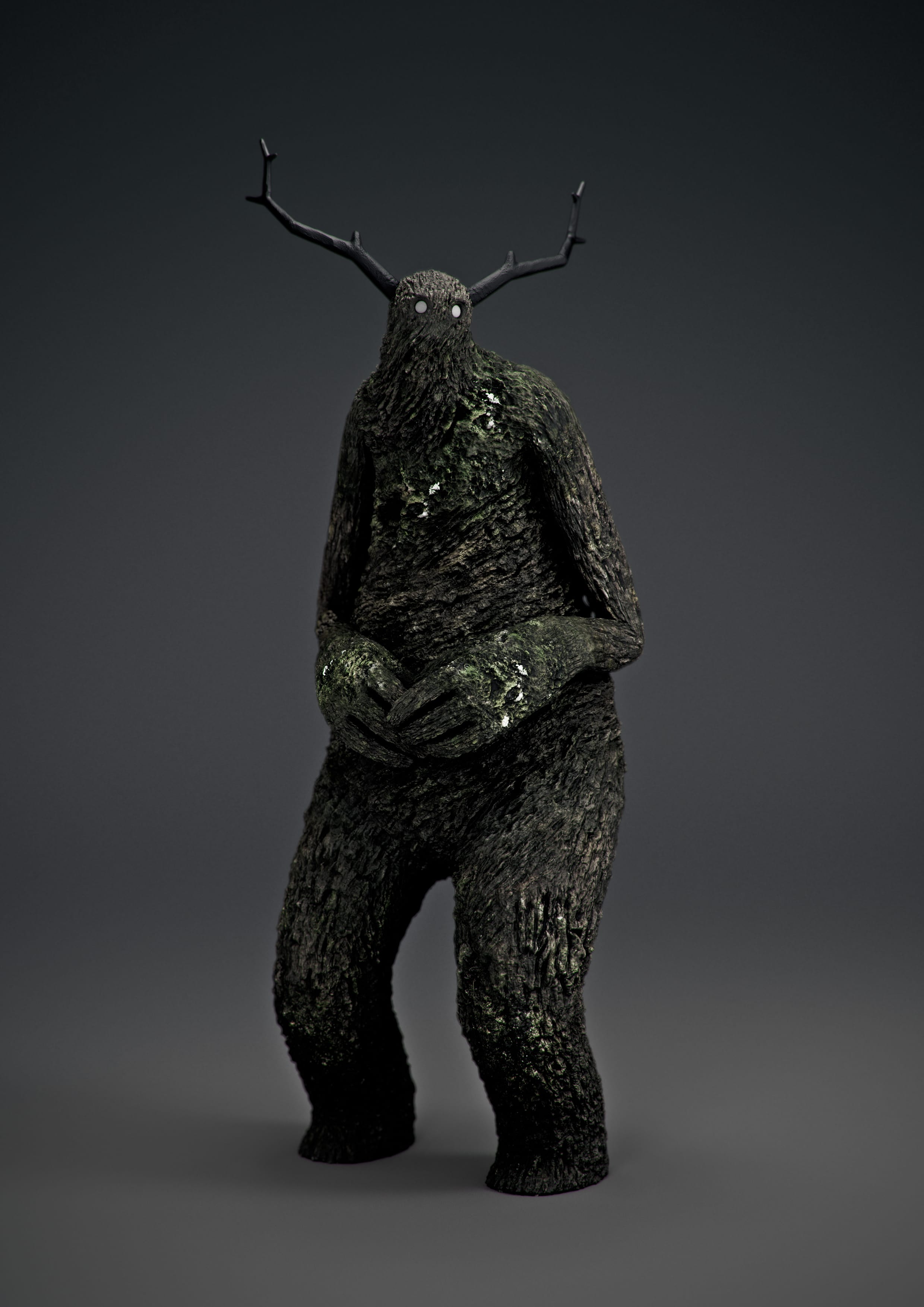
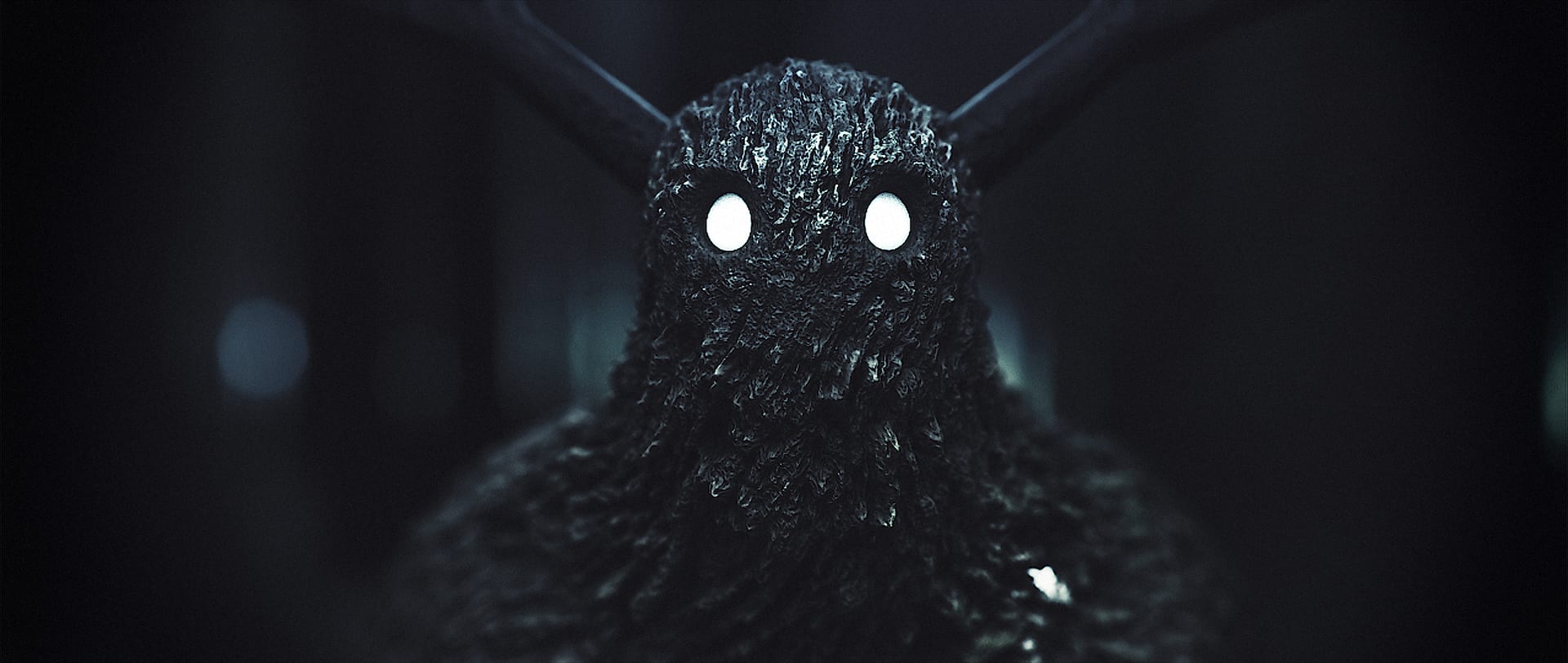
The film that includes this creature incorporated the surroundings into the design. As mentioned before, this characters skin is extremely similar to the trees it passes and the weather he is surrounded by. This was the initial reason I wanted to create a character that adapts to its surroundings, as creating something that is photorealistic, yet not real, is a challenge in its self. Having the option to choose from different surroundings lead me to decide to create different environments for my creature to manifest in. The final shot of the short film solidified the idea, as throughout the film, this creature was in a glum and dark environment, but the final shot of the floating lights created an almost winter like feel.
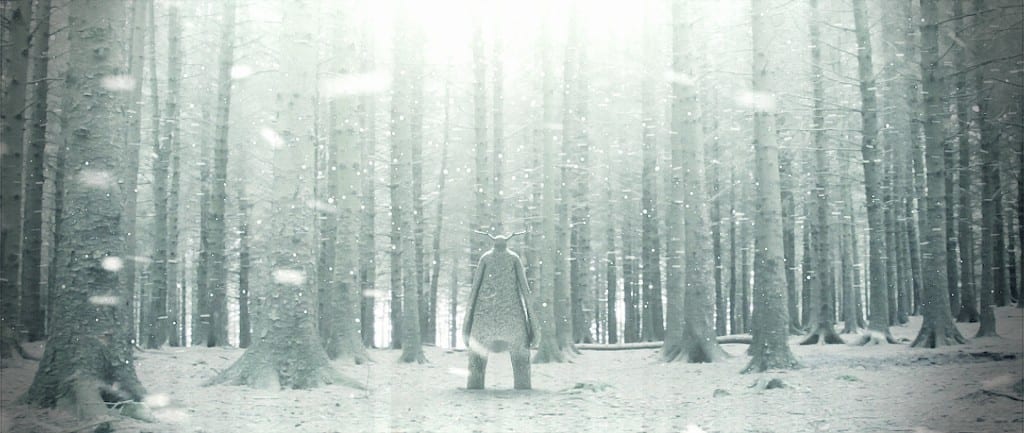
The creator of this short film has uploaded a video that includes a detailed breakdown of how the model was first created, and how it was placed in the footage shot for the final film. This gave me an idea on how to begin the design of my character, and how to edit the design into photo’s and/or footage.
REALISTIC POKÉMON
I was also inspired by concept artist Joshua Dunlop’s fan art of the creatures in Pokémon. In this art, Dunlop took some 2D characters and placed them in their appropriate environments, texturing their skin and bringing them to life. He has a selection of examples, but the following images are the ones that inspired me to choose specific backdrops for my one character to adapt to.
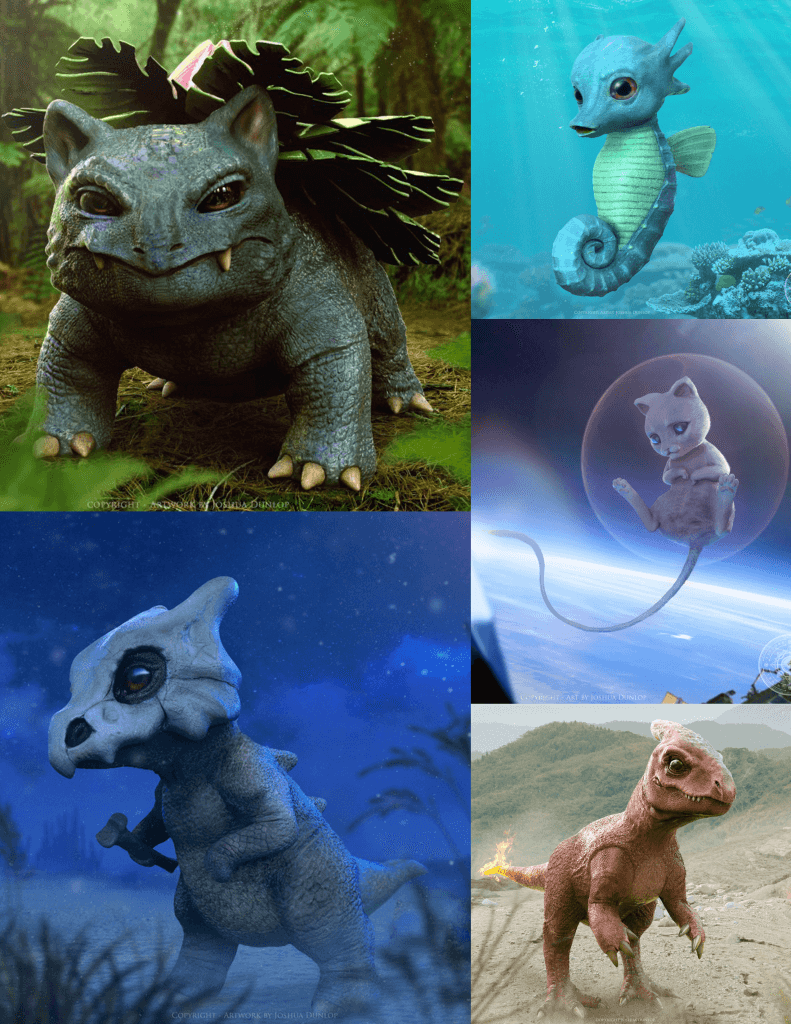
The Pokémon franchise splits their characters into many different categories, a.k.a. ‘types’, some of which are based on the elements of weather and climate. These include:
– Fire
– Water
– Ground, Grass & Rock
– Air (Flying)
– Ice
Each pokémon placed in these environments are hindered by opposing, for example, Fire types are weak against Water type, and they have powers that reflect the category they are in. Taking both this information and the way the pokémon are depicted, Dunlop created them realistically and placed them in an appropriate environment.
